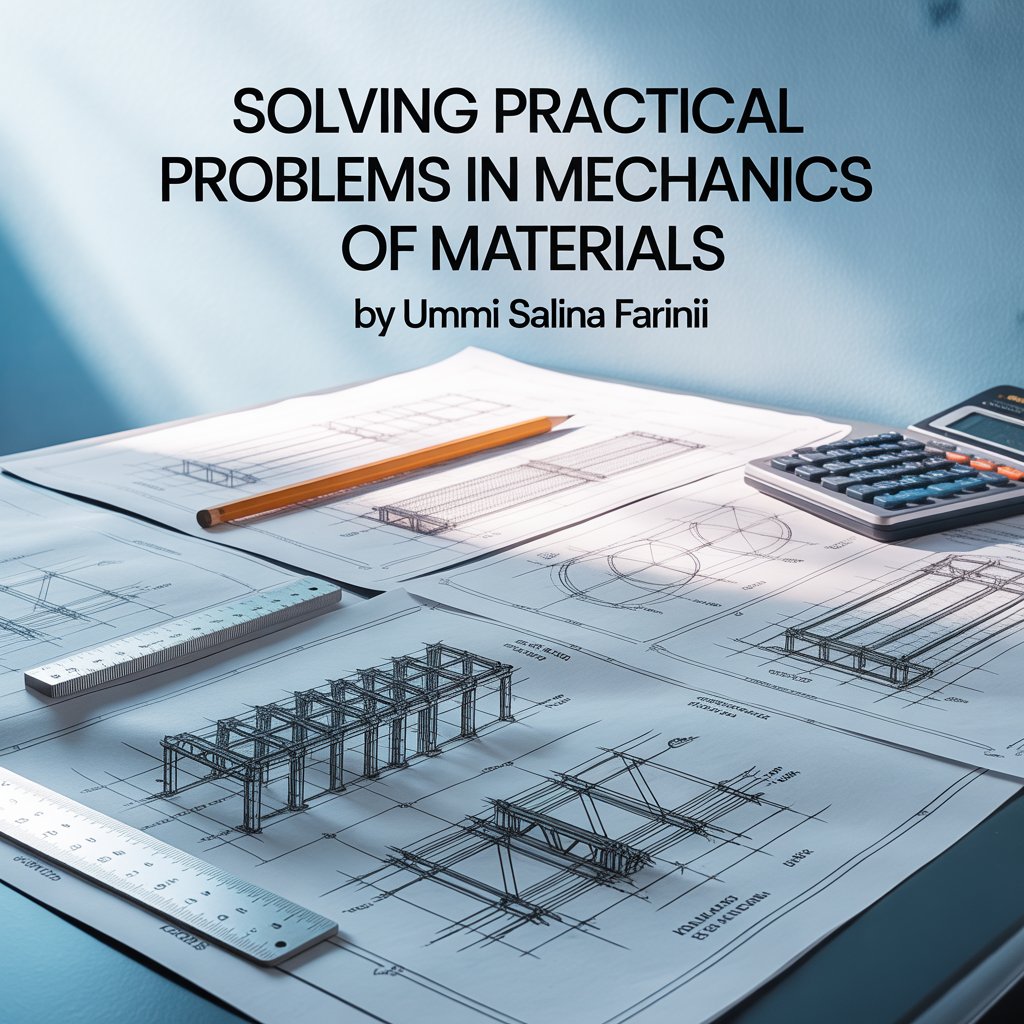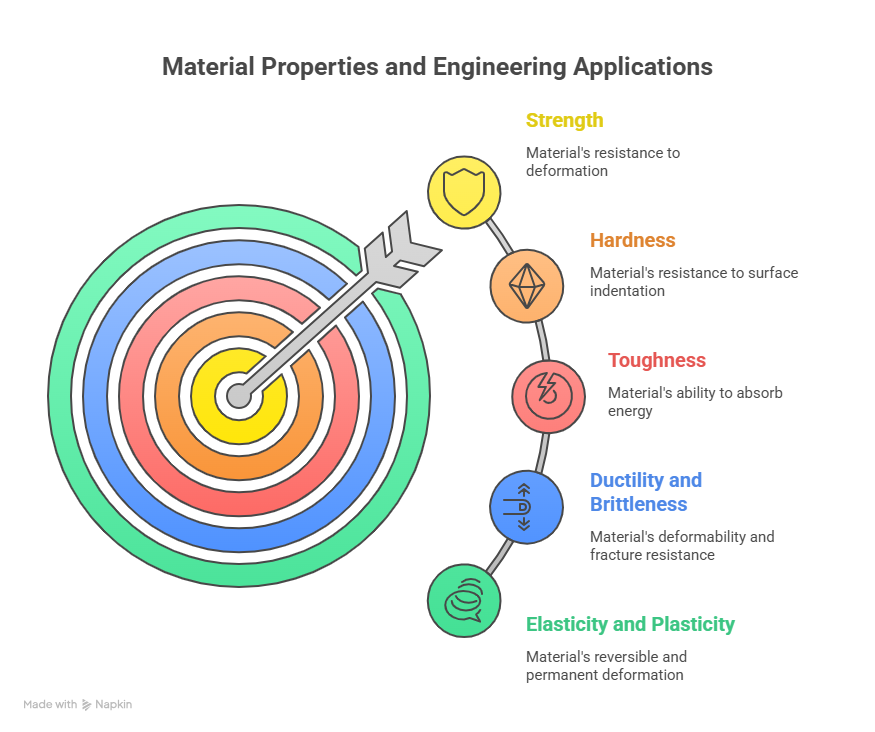
Chapter 3: Mechanical Properties of Materials

Chapter
3: Mechanical Properties of Materials
This chapter focuses on what makes each material unique.
You'll get familiar with mechanical properties like elasticity, plasticity,
ductility, brittleness, toughness, hardness, and strength. The chapter also
covers the basic ways engineers test and compare materials to choose the best
one for every job, emphasizing that the right mix of properties means safer,
more efficient structures.
- Elasticity and Plasticity
·
Elasticity is the ability of a material to
return to its original form after being deformed, while plasticity is the
material's tendency to keep its new shape after the force is gone. Materials
that have good elasticity are dependable for moving parts or things that
experience repetitive loading. If something is too plastic, it might not be
great for supporting loads repeatedly, but it can be shaped and formed into
different things during manufacturing.
- Ductility and Brittleness
·
Ductility is how much a material can be
stretched or shaped without breaking, while brittleness is the opposite—a
brittle material cracks or snaps easily when pushed beyond its small comfort
zone. Ductile materials are useful where flexibility and warning before failure
are needed, while brittle materials are used when rigidity matters most.
- Toughness and Hardness
·
Toughness measures how much energy a material
can absorb before it breaks—it’s a sign of how “resilient” something is under
impact or sudden force. Hardness, on the other hand, is how well a material
resists being scratched, dented, or worn down. These properties are both
crucial, but they mean different things for different engineering uses.
- Strength of Materials
·
Strength is the maximum load or stress a
material can handle before failing. There are several flavors of strength: how
a material handles being pulled apart, squeezed together, or twisted. Knowing
the strength of a material is fundamental when choosing what to use for beams,
columns, cables, or any load-bearing parts.
- Material Testing Methods
·
Material testing methods are all about
discovering exactly how a material will behave under different kinds of force.
Engineers run standardized tests to measure elasticity, strength, toughness,
and hardness. These tests give the data needed for choosing safe,
cost-effective materials for all sorts of engineering designs.

